
E-mail: font@focusonnature.com
Phone: Toll-free in USA 1-888-721-3555
or 302/529-1876
 |
PO
Box 9021, Wilmington, DE 19809, USA E-mail: font@focusonnature.com Phone: Toll-free in USA 1-888-721-3555 or 302/529-1876 |
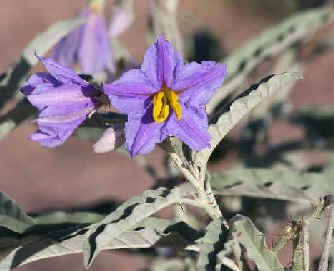 Wildflowers
Wildflowers
and some other plants
of Texas
with those during
Focus On Nature Tours
noted with an (*)
during tours thru 2014
in the months
of
March, April, May
In this list, there
are notes relating to some MEDICINAL, EDIBLE, & POISONOUS PLANTS.
The compilation of the following list
of plants by Armas Hill
Photo at upper right: SILVERLEAF NIGHTSHADE
A fine book about the wildflowers of Texas is entitled just that, "Wildflowers
of Texas" by Geyata Ajilvsgi, the first edition in 1984, revised in
2003. It contains photographs of nearly 500 species of the "most common and
showiest" herbaceous species.
Not included in the book are any cacti, shrubs, woody vines, or trees.
It should be noted that approximately 5,000 flowering plants occur in Texas.
But even with just about 10 percent, the book just mentioned has been a good
source for some of the information here in this list, as have been some other
books.
One, although not exhaustive, but instead a very good overview of the spectacles
of wildflowers that occur throughout Texas is entitled "Texas
Wildflowers", with text and some very fine photos by Richard
Reynolds. It was published in 2003.
Famous for the promotion and conservation of the natural beauty of wildflowers
and native plants has been the Wildflower Center, founded by Lady Bird
Johnson in 1982. For more information about it: www.wildflower.org
Among the Plant
Families in this list, links to these:
Acanthus Agave Amaranth Arrowroot Arum Barberry Beech Bellflower (or Bluebell)
Bladderwort (or
Birthwort) Borage
Broomrape Buttercup (or
Crowfoot) Cactus Caltrop
Caper Carpet-weed Cypress Daisy (or Aster)
Dodder Dogbane Dogwood
Evening Primrose (or Willow Herb) Figwort (or Snapdragon)
Flax Four o'clock
Fumitory (or Earthsmoke) Gentian
Geranium Gourd Hypoxis
Iris
Knotweed (or Dock, Buckwheat) Legume (or Pea)
Lily Lizard's-tail Loosestrife
Logania Lotus Madder
Mallow Meadow-beauty Milkweed Milkwort Mint
Morning Glory Mountain Parsley Mustard
Nightshade Olive Orchid Parsley
(or Celery)
Passionflower
Phlox (or Polemonium) Pink (or Carnation)
Plumbago (or Sea Lavender)
Pokeweed Poppy Purslane Ratany
Rose Sedge Seseme
Soapberry (including Maples)
Spiderwwort Spurge
Stickleaf Stonecrop
Valerian Vervain
Violet Waterleaf Water-lily
Water-plantain Willow Wood-sorrel
AN ALPHABETICAL DIRECTORY OF PLANT GENERA
IN THIS WEBSITE NOTING FAMILIES
Additional Links:
Upcoming
FONT Birding & Nature Tours in: Texas
Elsewhere
A List & Photo Gallery of Texas Birds, in 2 parts
Lists & Photo Galleries of Texas: Butterflies Dragonflies & Damselflies
Desert Plants of the Southwest US & northern Mexico (with some photos)
Other Photo Galleries of Plants Directory of Photos in this Website
![]()
Codes:
FW: in far-western Texas, including
the Chihuahuan Desert, and Big Bend National Park and the Davis Mountains
(ph): species with a photo in the FONT website
A List of Texas
Wildflowers & some Other Plants:
Acanthus Family,
ACANTHACEAE
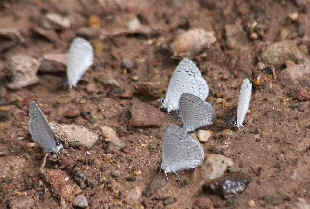
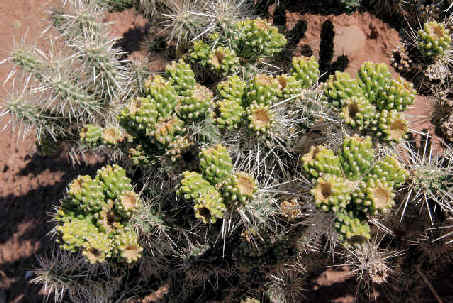
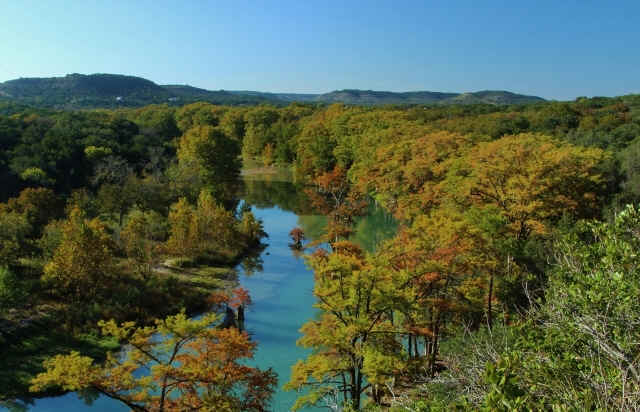
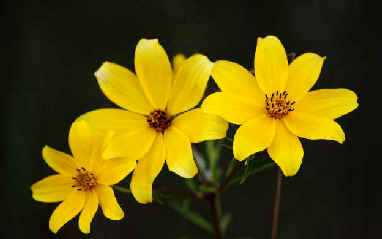
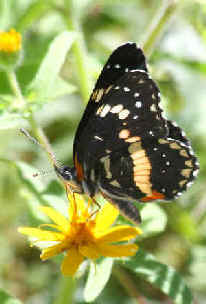
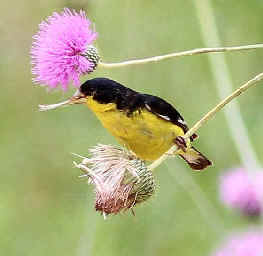
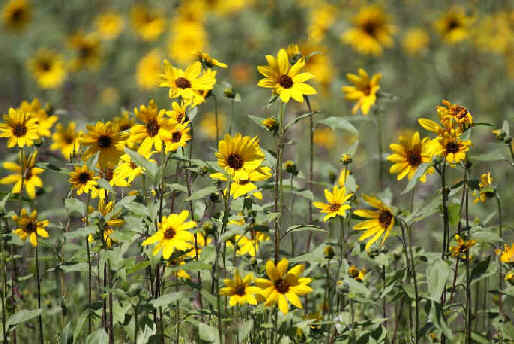
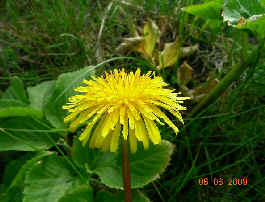
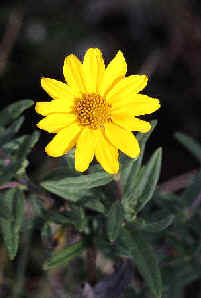
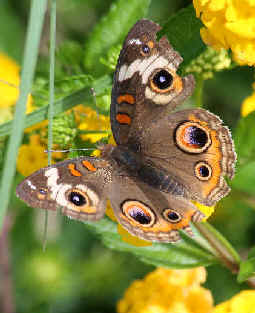
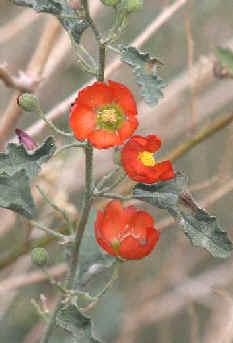
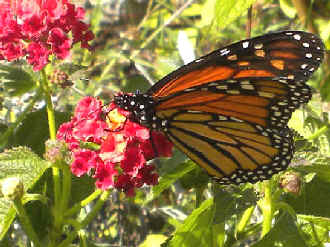
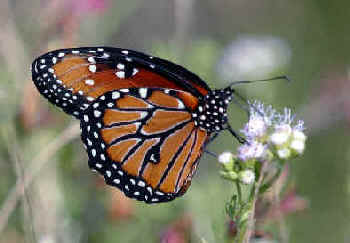
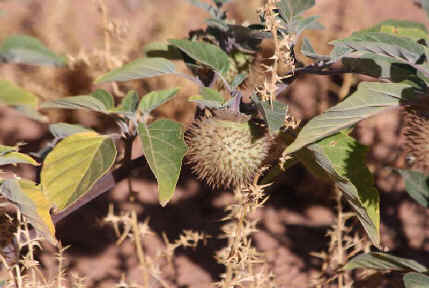
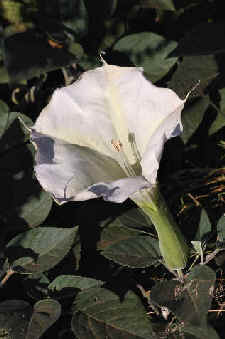
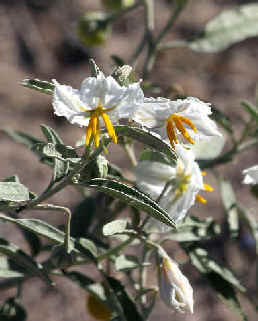
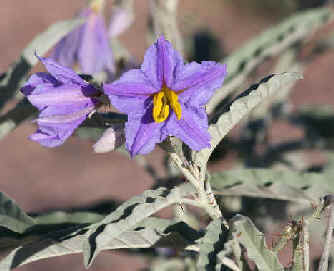

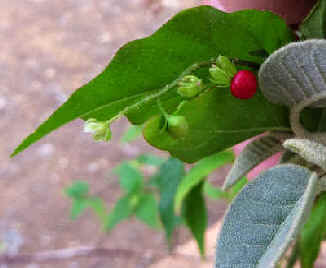
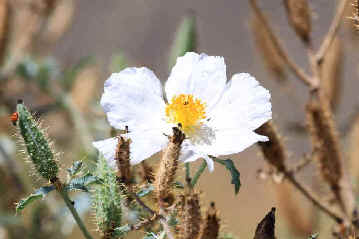
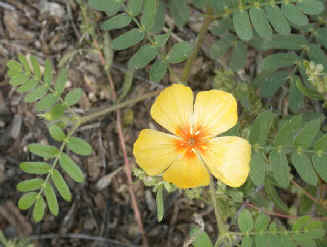
![]()